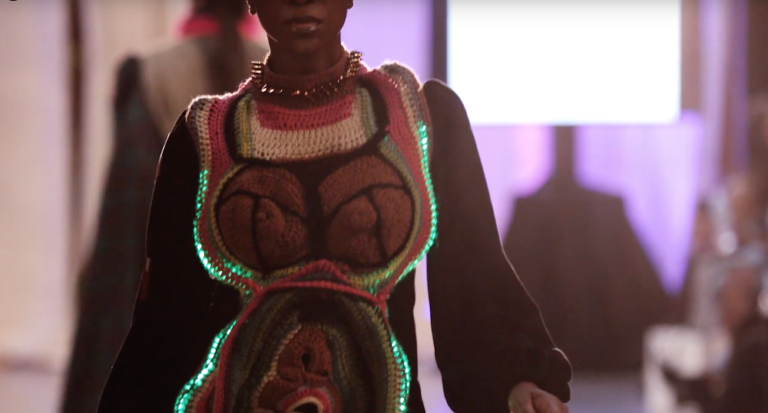Home / IT & Computer Science / AI & Robotics / Introduction to Physical Computing / Relationship Between Physical Computing and Wearable fashion by Research Expert

Reach your personal and professional goals
Unlock access to hundreds of expert online courses and degrees from top universities and educators to gain accredited qualifications and professional CV-building certificates.
Join over 18 million learners to launch, switch or build upon your career, all at your own pace, across a wide range of topic areas.

 Design by Anouk Wipprecht
Design by Anouk Wipprecht

 Crochet garment with LED lights triggered by accelerometer
Crochet garment with LED lights triggered by accelerometer







